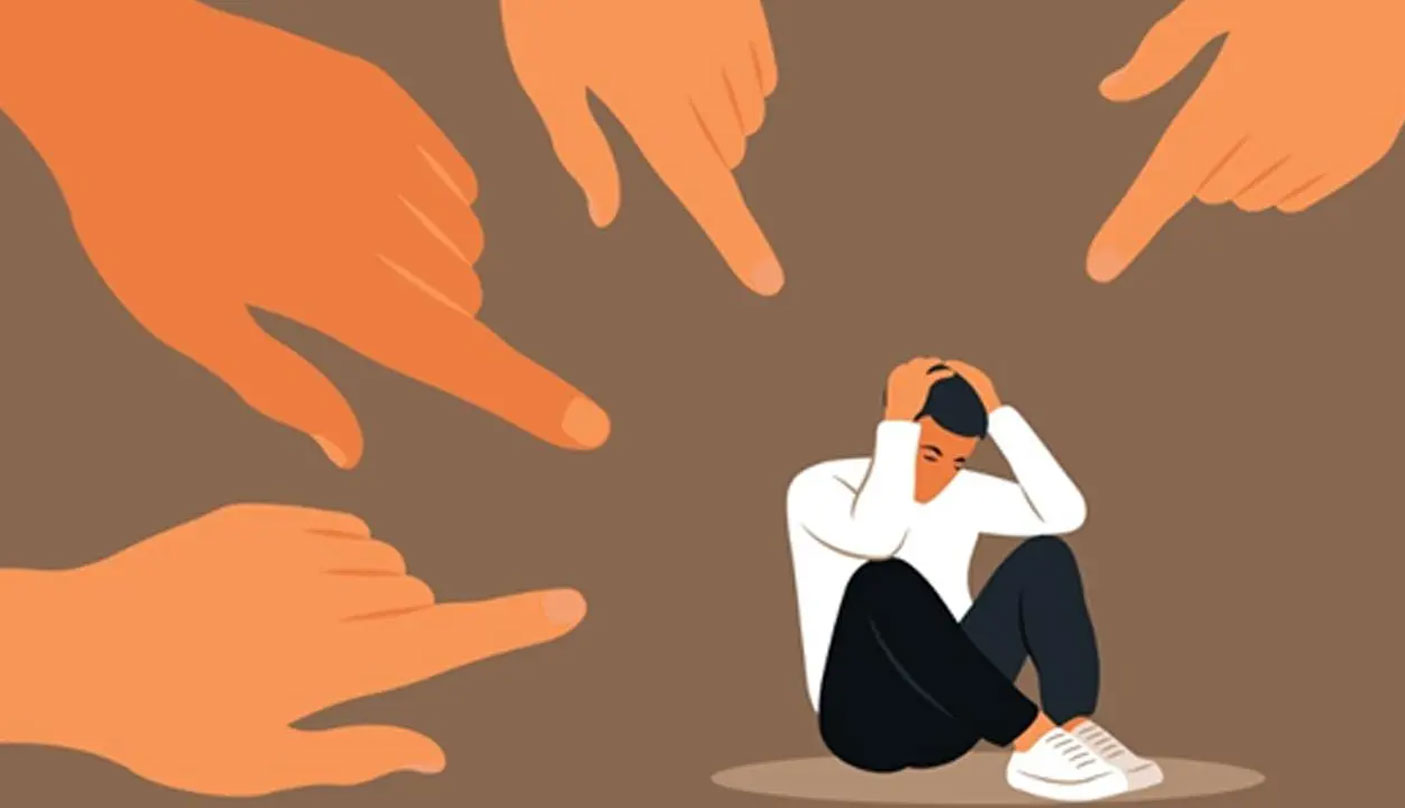Customers may find it upsetting to deal with harassment from banks. Harassment can take many different forms, such as persistent phone calls, threats, improper use of personal information, or forceful collection tactics. Thankfully, clients have a number of legal options at their disposal to defend their rights and guarantee impartial treatment. The actions that consumers may take to confront and end bank harassment are described in this article.
Understanding Bank Harassment:
A variety of actions that are against consumer protection regulations might be considered bank harassment. Typical instances consist of:
- Unreasonably frequent callsat odd hours, even after the client has asked the bank to cease. This is known as excessive calling.
- Threatening Words:Bank employees who use offensive or menacing words.
- Customer data misuse:the unauthorised sharing or use of customer data.
- Practices of Aggressive Collection:Pressuring clients to make illegal payments by, for example, calling their relatives or employers.
Legal Framework Protecting Customers
Customers are shielded against bank harassment by a number of rules and regulations. Important ones are:
Fair Debt Collection Practices Act (FDCPA): This federal legislation in the United States forbids debt collectors from employing unfair, abusive, or misleading methods in order to collect debts. Some regulations may apply to internal bank collectors, even if the majority of the provisions relate to third-party debt collectors.
The Consumer Financial Protection Bureau (CFPB) is tasked with supervising financial institutions and implementing legislation pertaining to consumer protection. Customers can use it as a venue to file complaints against banks.
The Telephone Consumer Protection Act (TCPA) limits the use of automated telephone technology and telemarketing calls. It prohibits banks from making recurrent or unwanted calls as well.
State Laws: A lot of states have their own legal frameworks that shield customers from unjust debt collection practices and other forms of harassment.
Steps to Address Bank Harassment:
- Record the Mistreatment
It is essential to keep a thorough record of all your dealings with the bank. This comprises:
- times and dates of messages or phone calls.
- names of the bank employees that took part.
- copies of communications, emails, or letters.
- descriptions of any improper or threatening actions.
- Ask that the Harassment End
Clients have to formally ask the bank to stop harassing them. This may be accomplished by:
- Written Communication: Expressing the problem in detail and asking that the harassment stop by sending a certified letter to the bank’s customer care division.
- Communication over the phone: Making a call to the bank’s customer service department and asking them to put an end to the harassment, then recording the exchange.
- Make a Regulatory Authority Complaint
Customers can register complaints with regulatory bodies like the following if the bank does not reply to their requests:
- Consumer Financial Protection Bureau (CFPB): The CFPB offers a platform for complaint resolution by enabling customers to register concerns online.
- State Attorney General’s Office: Consumer protection departments in several states handle grievances against banks.
- Request Legal Aid
Getting legal help might be a wise move if the harassment doesn’t stop. Lawyers that focus on consumer protection may:
- Give advice on the best way to proceed.
- Act as the client’s advocate in talks or court cases.
- Assist in bringing legal action for harassment-related damages.
- Consider Legal Action:
In situations when there is severe or persistent harassment, clients may think about suing the bank. Among the possible legal actions are:
- Lawsuit: Clients may file a lawsuit against the bank to recover losses or emotional suffering brought on by harassment.
- Class Action Lawsuit: A group of impacted consumers may decide to bring a class action lawsuit against the bank.
- Use Alternative Dispute Resolution:
Some disputes may be resolved through alternative dispute resolution (ADR) methods such as:
- Mediation: A neutral third party helps the customer and the bank reach a mutually acceptable solution.
- Arbitration: An arbitrator hears both sides and makes a binding decision.
Preventive Measures:
Additionally, clients should take precautions to stop harassment from banks:
- Know Your Rights:Customers can identify and react to harassment more effectively if they are aware of consumer protection legislation.
- Communicate in Writing:Keeping a written record of conversations is beneficial in the event of disagreements.
- Use the Do Not Call Registry:You may reduce unsolicited calls from banks by adding your phone number to the National Do Not Call Registry.
Conclusion:
Although dealing with banks can be extremely stressful, consumers have a number of legal options to safeguard themselves. Customers may successfully handle and resolve harassment by being aware of the laws, keeping track of interactions, asking for a cessation, submitting complaints, obtaining legal counsel, and thinking about taking legal action or using alternative dispute resolution. In order to ensure equitable treatment and protect one’s rights in the financial sector, one must be proactive and knowledgeable.
Also Read- https://settleloan.in/blog/settleloan/settle-loan/the-role-of-insurance-in-loan-settlement/
Get in touch with us today at www.Settleloan.in and embark on your path to financial freedom



